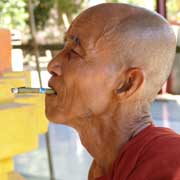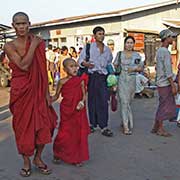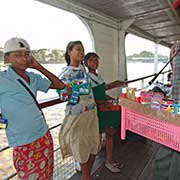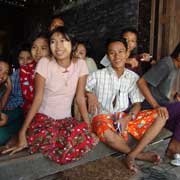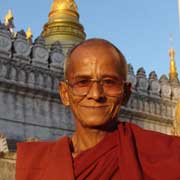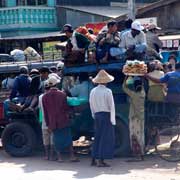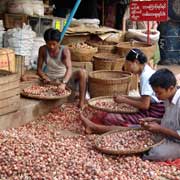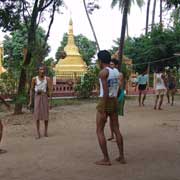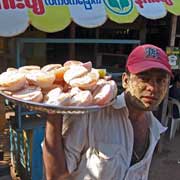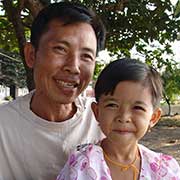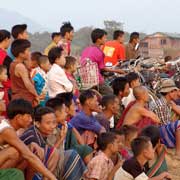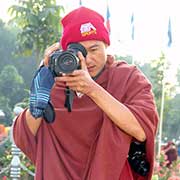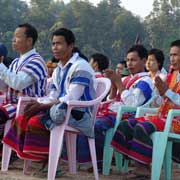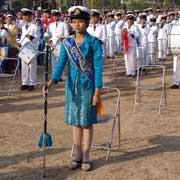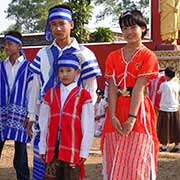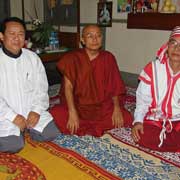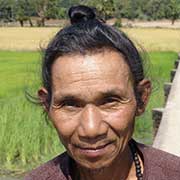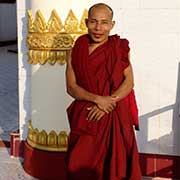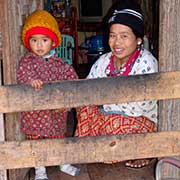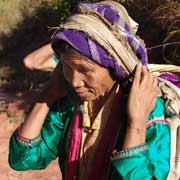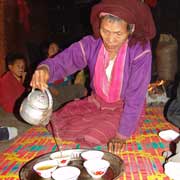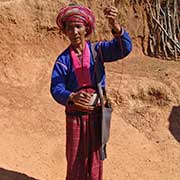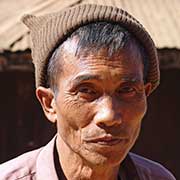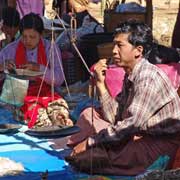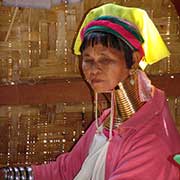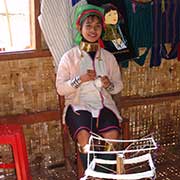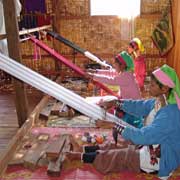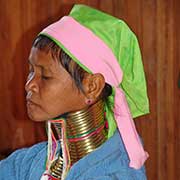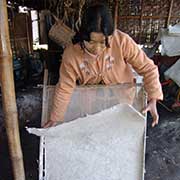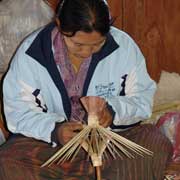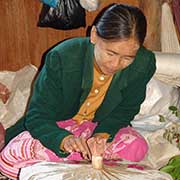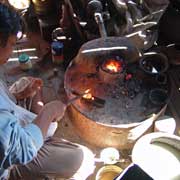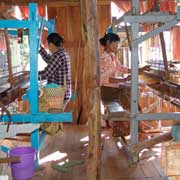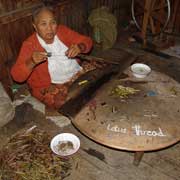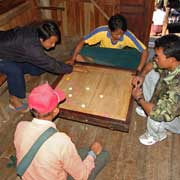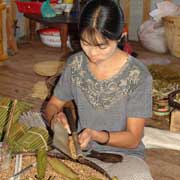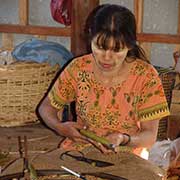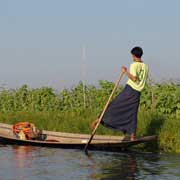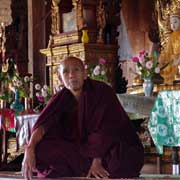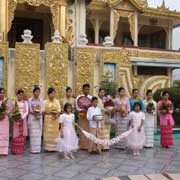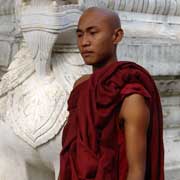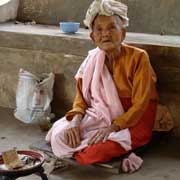Photos of People of Myanmar, Myanmar
People of Myanmar
Myanmar is a country with a very diverse ethnic make-up and this is one of the most fascinating aspects of the country. It has also been, and still is, the source of much internal conflict.
you may then send it as a postcard if you wish.
Just before independence, on 12 February 1947, the Panglong Agreement was reached between the Burmese government under Aung San and the Shan, Kachin, and Chin peoples, an agreement with ethnic leaders in which independence was guaranteed as a unified state, but with the freedom for ethnic minorities to choose their own destiny after 10 years if they were dissatisfied with the government. The Kayin or Karen however refused to sign it and have been striving for their independent homeland, Kawthoolei, ever since. Although 12 February has since been celebrated each year as "Union Day", Burma's successive leaders have ignored this contract. The military regimes insisted on a unitary state without equality for ethnic minorities and although democratic reforms have been implemented since 2011, the government is yet to address the issues resulting from the disregard of the Panglong Agreement.
Of the over 60 million inhabitants, 68% is Bamar or Burmese with officially recognised minorities of Shan, Kayin (or Karen), Rakhine (formerly called Arakanese), Mon, Kayah (or Karenni), Chin and Kachin; there are many subgroups, like the Padaung (Kayan Lahwi, the people whose women wear brass neck coils) whereas the Kayan are themselves a subgroup of Red Karen or Karenni people, a Tibeto-Burman minority. Many of these groups have been striving for autonomy or outright independence from the majority Bamar or Burmese who make up the government and as a result have faced dreadful human rights abuses as a result. The Muslim Rohingya people in the state of Rakhine (Arakan) are described as one of the most prosecuted in the world; they are ethno-linguistically related to people of India and Bangladesh and the Burmese government refuses to recognise them as citizens although their region and its people have been under Burmese rule since the 1700s.
But for the visitor the people of Myanmar are friendly, hospitable and although poverty exists and many people have to make do with little, there are some of the most generous people on earth here. It is to be hoped that real reform and democracy will bring them the freedom and happiness they so richly deserve.



